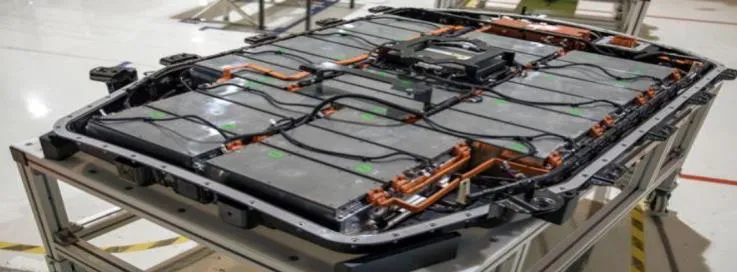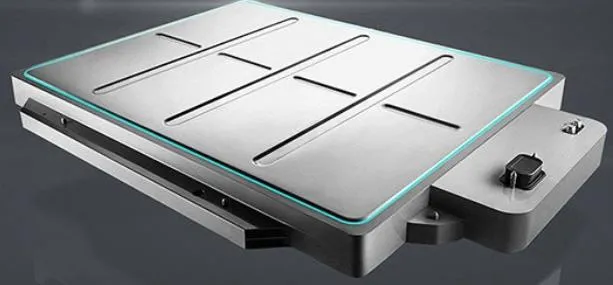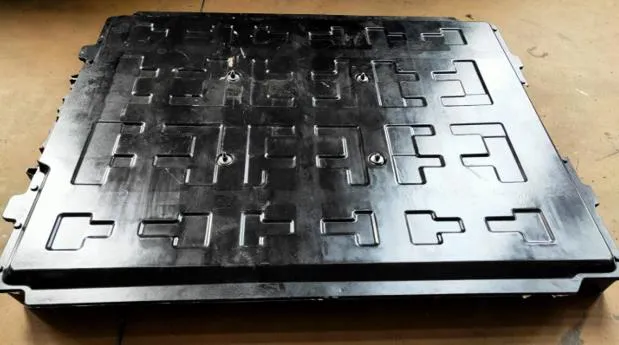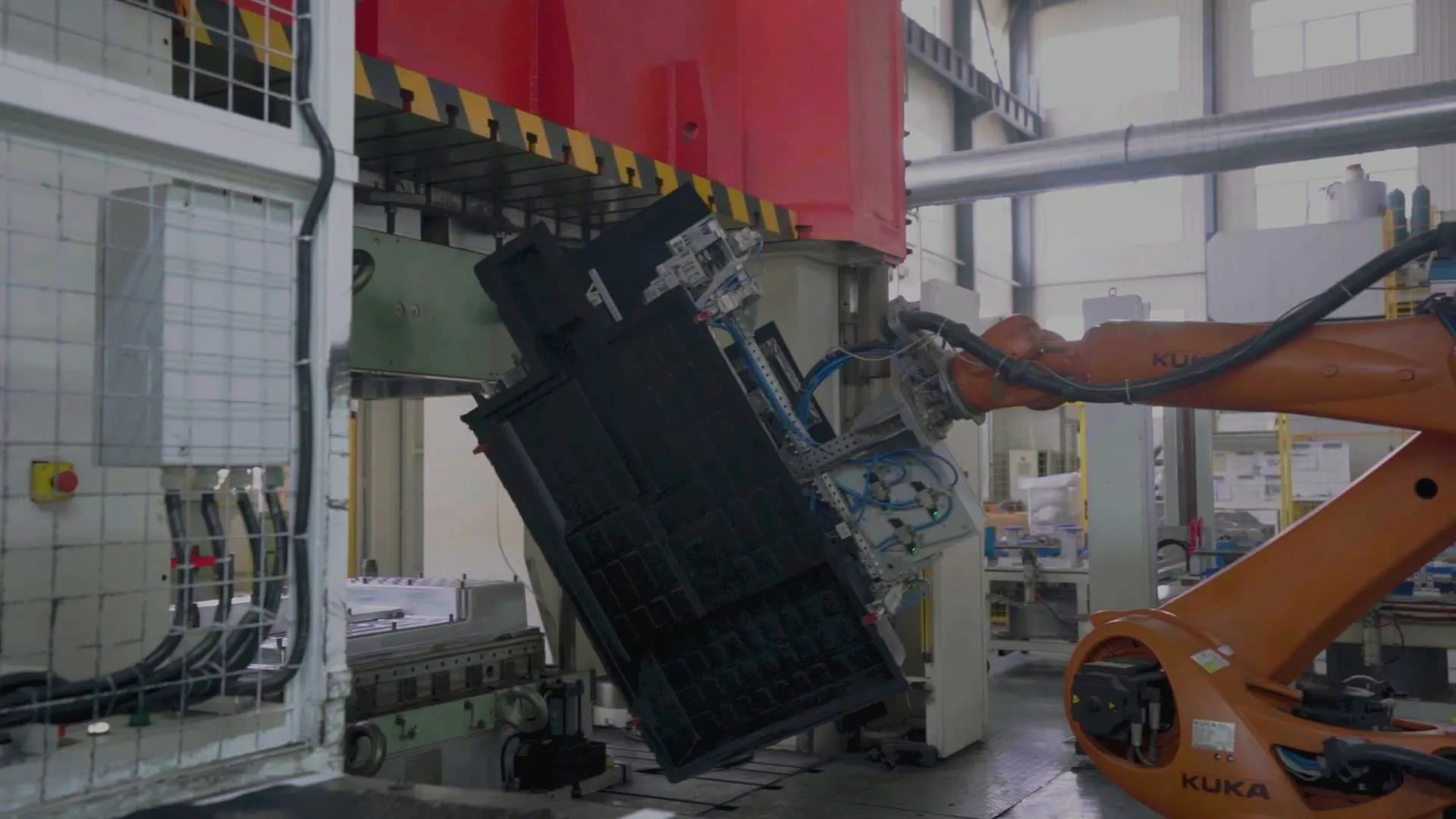Composite Battery Case Technology: Development Path for Electric Vehicles
- Suase /
- SUASE NEWS
As electric vehicles (EVs) become more popular, the need for lightweight and efficient battery packs has grown. The weight of a battery pack directly affects the vehicle's range, energy consumption, and performance. The automotive industry has moved from traditional steel and aluminum enclosures to composite materials like carbon fiber and glass fiber for the third generation of EV battery cases.
The Importance of Lightweighting in Electric Vehicles
Reducing the weight of electric vehicles improves their overall energy efficiency and extends their driving range. A key focus has been on reducing the weight of the battery pack itself. Lightweight battery enclosures must be strong enough to protect the batteries while being light enough to optimize performance.
The Evolution of Battery Pack Cases
1st Generation Battery Pack Case: Steel Construction
Material: Steel
Manufacturing Process: Stamping, Welding
The first generation of battery pack enclosures were made from steel. While steel offered strength and durability, it was heavy and limited the vehicle's range and energy efficiency. Despite its strong protection, the high weight of steel became a problem as EV technology advanced.

2nd Generation Battery Pack Case: Aluminum Alloy Construction
Material: Aluminum Alloy
Manufacturing Process: Stamping, Pultrusion, Welding
In the second generation, battery enclosures moved to aluminum alloy. Aluminum is lighter than steel and offers improved corrosion resistance while maintaining strength. However, manufacturing processes like welding aluminum were more complex and costly.

3rd Generation Battery Pack Case: Composite Materials
Materials: Carbon Fiber, Glass Fiber
Manufacturing Process: One-Piece Compression Molding
The third generation of EV battery cases introduced composite materials like carbon fiber and glass fiber. These materials offer an exceptional strength-to-weight ratio, making them ideal for battery cases that require lightweight and strong enclosures. The one-piece compression molding process simplifies manufacturing while enhancing durability.

Advantages of Composite Battery Cases
- Weight Reduction: Carbon fiber and glass fiber are much lighter than steel or aluminum, improving vehicle range and energy efficiency.
- Enhanced Strength: Despite their light weight, composites offer superior protection for the battery pack.
- Thermal Management: Composites provide better thermal insulation, preventing battery overheating.
- Corrosion Resistance: Unlike metals, composites do not corrode, which increases the durability of the battery case.
- Design Flexibility: One-piece compression molding allows for complex designs and integrated structures, improving overall performance.
- Cost Efficiency: Though initially more expensive, the simplicity of the compression molding process can reduce production costs at scale.

Future Trends in Battery Case Development
Looking ahead, we can expect further advancements in composite materials for battery enclosures, including the development of new hybrid composites and the adoption of additive manufacturing techniques. These innovations will aim to make battery cases even lighter, stronger, and more cost-effective.
Conclusion
The development of composite battery cases is transforming the electric vehicle industry. Moving from steel to aluminum and now to carbon fiber and glass fiber, the evolution of materials has enabled manufacturers to produce lighter, more efficient, and safer battery packs. As new composite technologies emerge, battery case designs will continue to play a critical role in the future of electric vehicles.
